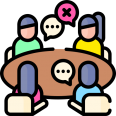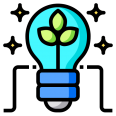
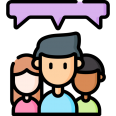 Outcome 1:
Outcome 1:
WE WANT TO KNOW!
Analysis
In course of focus groups, young people were asked about their access to fashion, whether they are aware of fast fashion, whether they see problems, whether they know alternatives and whether and to which extent they are familiar with sustainable fashion. Additionally, the county-specific situation on sustainable fashion was evaluated, gathering good-practice examples in every country.
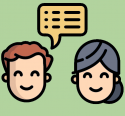 Interview Guideline for Focus Group Interviews
Interview Guideline for Focus Group Interviews
Sometimes you have to give people time and attention before they can freely express their thoughts and opinions in a confidential and safe environment; in these cases focus groups are the perfect choice. Well-designed focus groups can give you all the information and ideas you need in your research. That’s why we prepared some guidelines to help you organise and run a focus group in the best possible way.
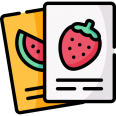 Interactive Game (Board & Rules.pdf)
Interactive Game (Board & Rules.pdf)
Good-practice examples in regard to sustainable fashion were collected in each country. With this results a game called “Wear a Change” was created with the main aim of educating youngsters about the concept of sustainable fashion as well as fast fashion and its impact. (Cards ready to print.pdf)
In every project country focus groups with young people between 15 and 19 years were conducted (AT, IT, PL, LT). The main aim was to find out about young people’s access to fashion in general, their awareness about problems coming along with their buying behaviour in this regard, their opinions about the concept of environmentally-sustainable fashion as wll as their state of awareness about it.
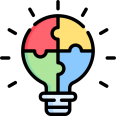 Outcome 2:
Outcome 2:
WE WANT TO LEARN!
Learning Materials
Target-group oriented learning material was developed taking the results of outcome 1 into account to raise interest and awareness about fast fashion and its impacts, specifically micorplastic pollution and provide applicable strategies for action for young people. Additionally, a guide for youth workers was designed.
 Didactic Concept (pdf 1.031 Kb)
Didactic Concept (pdf 1.031 Kb)
The present Didactic Concept was established for people dealing with these topics in youth work, specifically youth workers, teachers, trainers and tutors. The competence-oriented project design is optimal for offering individualised competence acquisition. In addition to technical competence, this should also include an expansion of learning competences and basic digital skills.
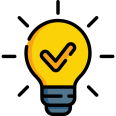 Learning Material “How to dress sustainably”
Learning Material “How to dress sustainably”
The developed learning material is available in print and in a state-of-the-art e-learning course in 5 different languages (DE, EN, IT, PL, LT) and consists of the following units:
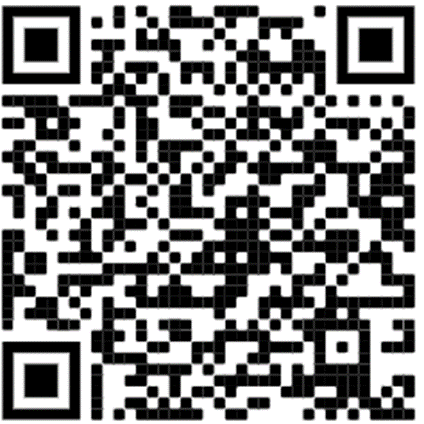
-
-
- Learning Unit 1_Sustainable Fashion
- Learning Unit 2_Basic Textile Science
- Learning Unit 3_The Lifecycle of Textiles
- Learning Unit 4_Recommendations for Sustainable Clothing
-
The main objective is to improve young people’s awareness about the impacts of their fashion consumption and specifically plastics in clothing and to affect their daily routine in consuming and dealing with fashion. Thus, the learning material supports discussing and consolidating the knowledge among young people for everyday life application.
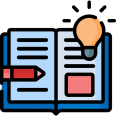 Guideline for Youthworkers: “How can I interest young people in this topic?”
Guideline for Youthworkers: “How can I interest young people in this topic?”
The developed guidelines provide youth workers with information on how to work on the topic with the main target group of young people and inspire them.
 Podcast “The Secrets of Sustainable Fashion”
Podcast “The Secrets of Sustainable Fashion”
We have recorded four episodes of a podcast entitled “The Secrets of Sustainable Fashion” in which we would like to share the views of various guests on the subject of sustainable fashion.
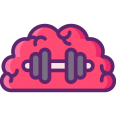 Outcome 3:
Outcome 3:
WE WANT TO ACT!
Training Materials
After theoretical input, practical know-how is crucial. In course of a Design Thinking process three workshop settings have been developed. In course of conducted workshops in all partner countries, concrete practical examples for action evolved which are captured on appealing setcards. And finally a guideline for peer guides and multipliers was developed.
Three workshop concepts have been developed (indoor, outdoor and online) based on Design Thinking to work with the target group of young people (15-19 years) on the topic of sustainable and plastic-free clothing and alternative solutions. The concept is availalbe in 5 different languages (EN, DE, IT, PL, LT). Workshop Plan and Instruction Annex
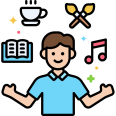 Resources and supplementary materials to the workshop plan and instruction document
Resources and supplementary materials to the workshop plan and instruction document
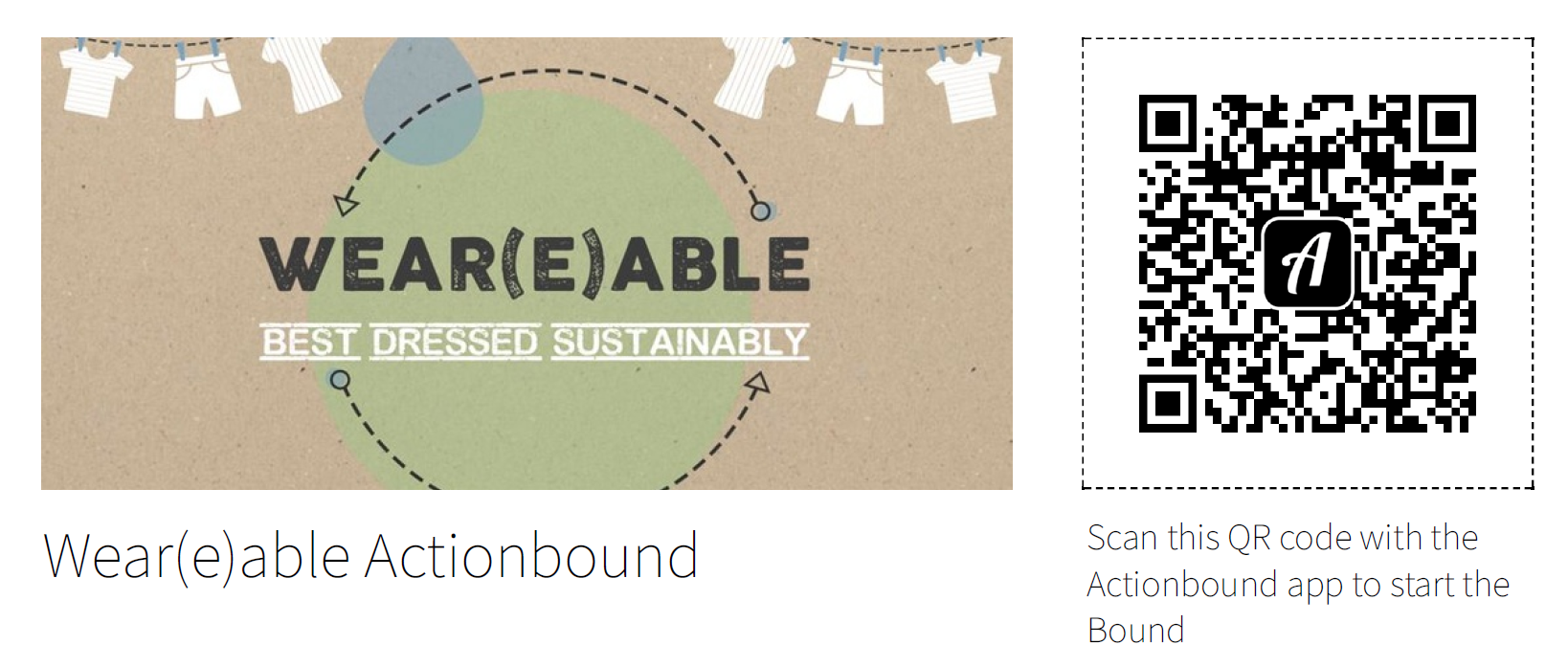
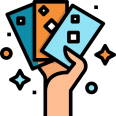 How to contribute to more sustainable fashion…here are some postcards with innovative ideas (PNG)
How to contribute to more sustainable fashion…here are some postcards with innovative ideas (PNG)
In workshop settings in each country, young people worked on ideas and action alternatives for sustainable plastic-free fashion. The best 8 ideas were creatively designed as setcards in all partner languages (DE, EN, IT, PL, LT).
 Guideline for Peer Guides and Multipliers
Guideline for Peer Guides and Multipliers
A guideline for the training of peer guides and multipliers has been created and is available in all partner languages (DE, EN, IT, PL, LT).
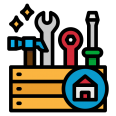 Outcome 4:
Outcome 4:
WE WANT TO FEEL!
Real Toolbox
In addition to the available ressources online, a haptic toolbox refering to the topic of sustainable fashion consumption and enabling practical application has been designed and created.
 Toolbox Instructions and Guidance
Toolbox Instructions and Guidance
The toolbox includes various textiles, a sewing machine, upcycling tools and the creatively designed instructions for action. It allows youth workers to pratically experiment with young people. This experience involving all senses, enables the better internalisation of the topic. Additionally, a guide for using the toolbox is included.
 Video on how to Use the Toolbox
Video on how to Use the Toolbox
A useful “User’s Guide” in the form of a video tutorial to make the best use of all the tools in the toolbox.
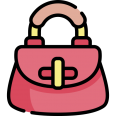 Do you want to find out how to make a bag? Here’s a video tutorial to help you!
Do you want to find out how to make a bag? Here’s a video tutorial to help you!
Do you want to find out how to make a beautiful bag from old fabrics and other recycled materials? Here’s a video tutorial to help you!
